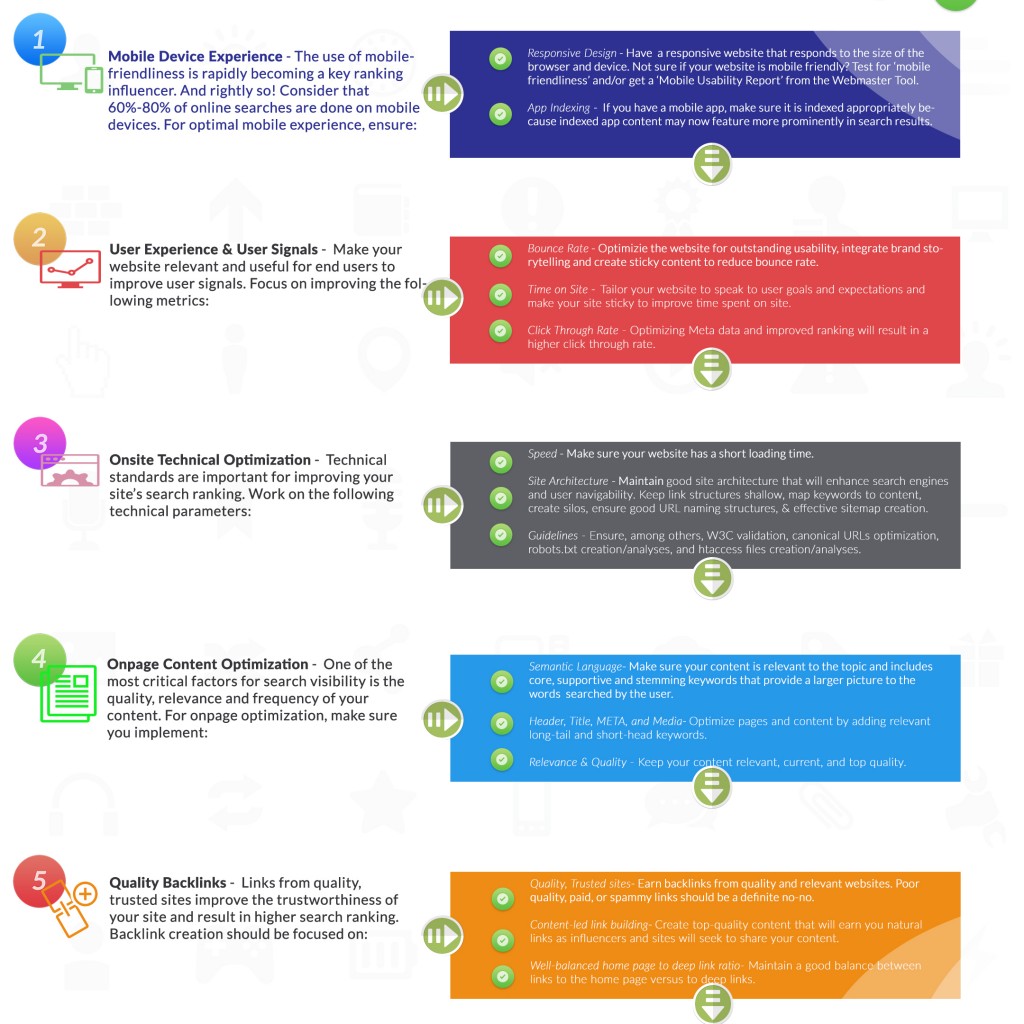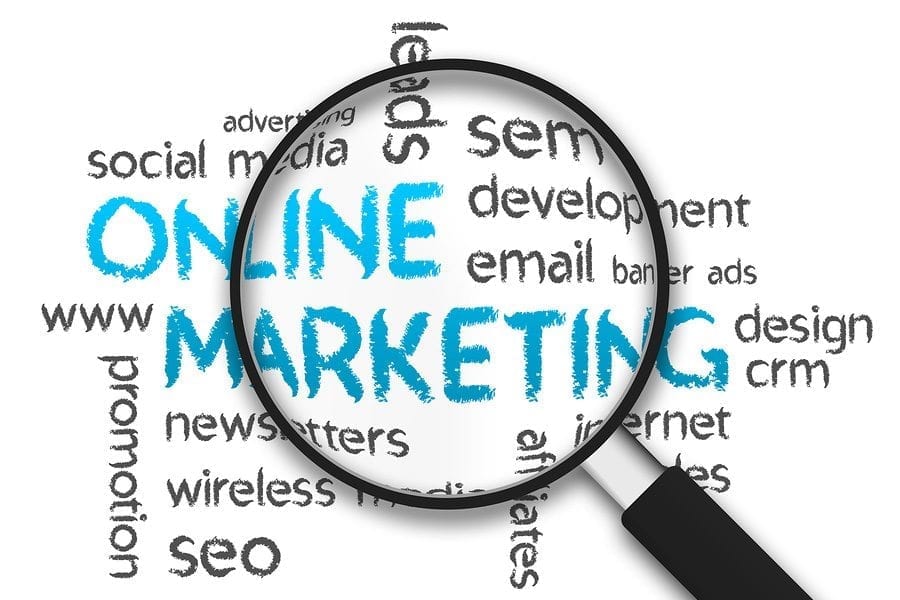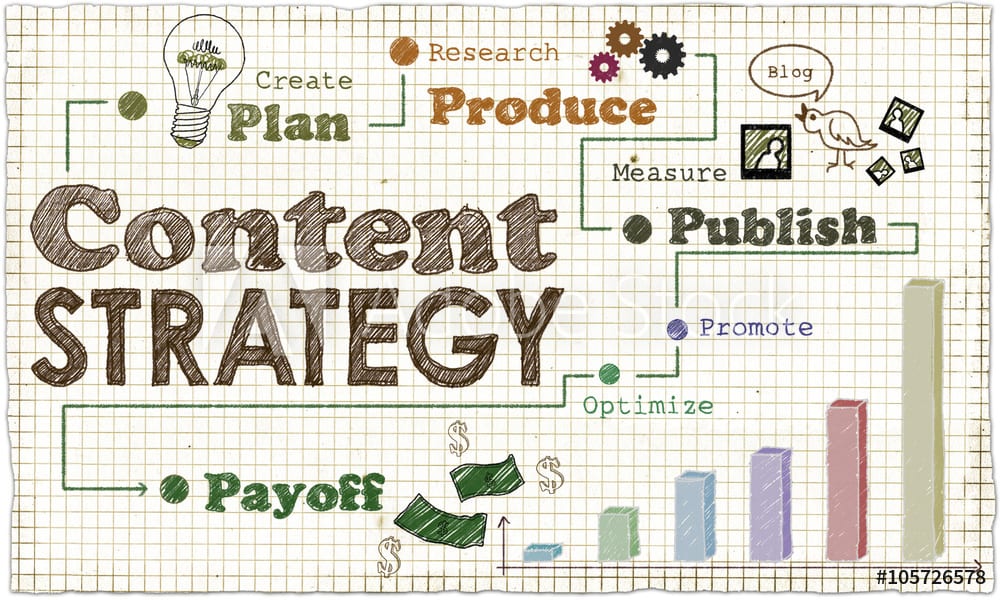Online Marketing is not Rocket Science
I love SEO expert, Jill Whalen (she’s even got a Wikipedia page devoted to her!). Though she’s retired from her SEO life, she’s brought in a common-sense approach to the SEO and online marketing world that is like a whiff of fresh air in the make-it-more-complicated-than-it is digital marketing world. (Note: If you’d like to sample her views on SEO, read her archived High Rankings Newsletter).
This brings me to the question that I often field from business owners who are just beginning to debate whether they need a digital marketing agency for their marketing needs. “Why can’t we do online marketing ourselves? How complicated can it be?” My answer to them is that online marketing is not rocket science, but it requires specialized skills (some more than others), lots of dedicated time, and perseverance. “If you have all three, go for it,” is my honest answer.
Good online marketing, as I see it, requires a combination of outstanding research capabilities, creativity, technology know-how, and data management skills. Obviously, you also need good project and product management skills. Most importantly, you need to have the perseverance to do it consistently over a period of time. And test, test, test!
Digital Marketing Skill Sets
Research is the foundation of a good digital campaign. This involves researching not just the competitive landscape, industry trends, and gleaning out the most profitable keyword (which itself can be a massive undertaking if you start to get into big data), you also need to keep up with adapting strategies to business needs, changing algorithms, and technological resources.
Creativity – In the online world, where people are overwhelmed with information, you have about 5 seconds to make an impression before your consumers will move on. If you do not strike a chord with them with the right words and the right visuals, you have failed to connect with them. Creativity and ability to connect with your consumers is critical in the online world!
Technological Tools – This is digital marketing after all! There is a plethora of IT, design, tracking, data analysis and other tools that you would need to run an effective marketing campaign. You may not need each one of them for your internal campaign, but make sure you have internal expertise to assess and the know-how to use the best ones available.
Data Management – An effective digital campaign should step beyond touchy-feely and should have in-built assessment tools to measure the effectiveness of a campaign. Create user personas, purchase cycle stages, run A/B strategy testing, pour over your web analytics, set up conversion goals. And test it again.
One very specialized area which deserves a special mention here is analytics which taps into big data to achieve highly-effective market segmentation, targeting, and conversions. For example, assume you are an online shop that sells in-house gym equipment and you set up a social ad campaign to reach your target audience. You could stretch your ad budget very thin if you do segmentation and targeting using traditional methods. Instead, you could tap into big social data to identify extremely targeted “low-funnel” consumers who are close to making an actual purchase and run a highly effective campaign.
Usability is Key in Effective Digital Campaigns
For all the complexities involved in digital campaign, the goal of any online marketing campaign is very simple – design and deliver your campaign to be useful and relevant for your end users. If users find your online sites useful, they will come back, they will engage, and they will convert. And search engines will notice!
So next time you think you need a digital agency for your marketing needs, make sure they don’t overwhelm you with jargon and make sure that they are clear on the end goal, which is to understand and serve your consumers. And do it well!
Feel free to drop me a line at snigdha@webtage.com!









